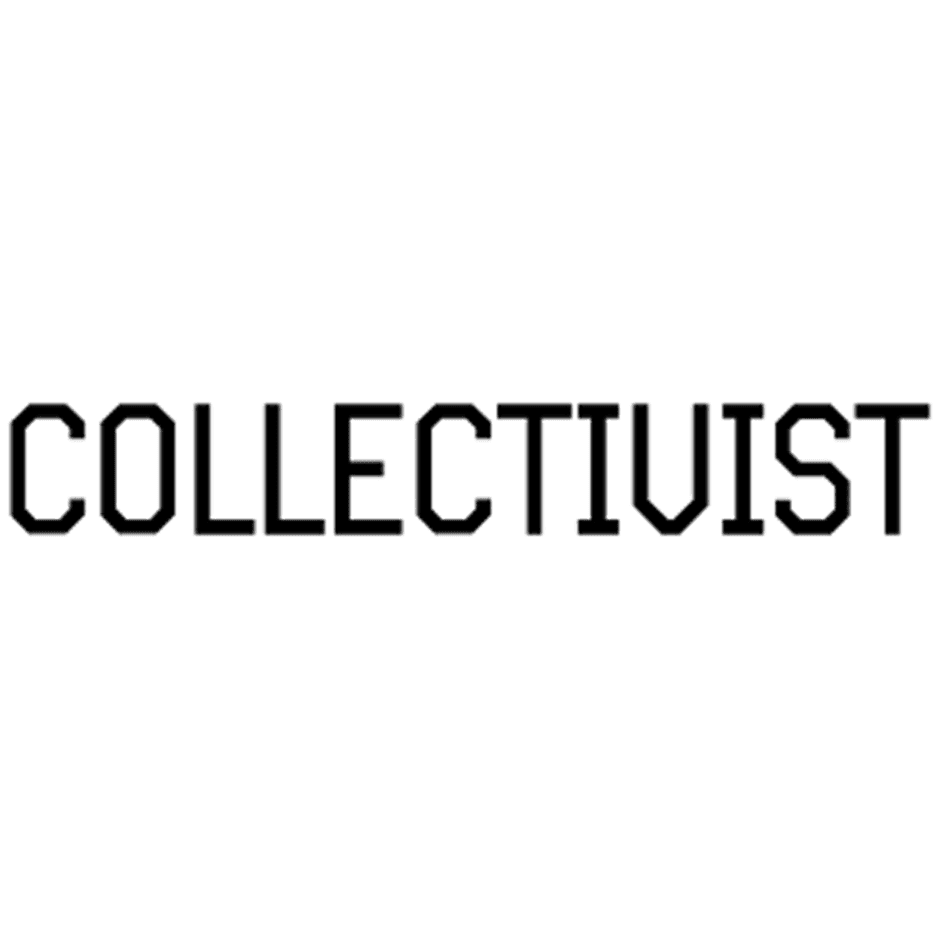While many South African businesses, across sectors, have extolled the benefits of rapidly moving to a remote working model (reduced overhead costs, no commuting, etc), fewer have highlighted – and proactively tackled – the weaknesses in this new way of working.
As an enterprise software developer providing customised solutions and technical expertise, for example, the fact that our different teams can no longer collaborate and benefit from office-based conversations (peer learning) outside of formal meetings, presented a real threat to the collaborative and highly cohesive culture that has to date played an integral role in the high quality of our work. This could be referred to as the ‘softer side’ of business operations, and an element which has arguably suffered greatly in the shift to virtual working worldwide.
Culture & productivity – protecting the link
For many successful companies (which are often successful employers and those attracting top talent), culture and the cohesion of teams is a driving factor. Yet the new dependence on virtual tools for communications has swept away so many of the ‘informal’ ways that teams learn from each other – and ultimately produce high quality, innovative work.
For instance, at redPanda software (which was fully office-based prior to the lockdown), teams were constantly interacting throughout the day: with Business Analysts chatting to Developers, who were also chatting to the Quality Assurance testers, who were also chatting to a member of the Executive Management team, etc, etc. In this fluid and organic structure, teams were able to gain insight into new ways of fulfilling customer briefs or solving complex technical issues, for example.
Those informal conversations, however, essentially evaporated overnight with the lockdown. And even though teams might now have more time to work during the day (with no commuting etc), they have lost the access to informal or ‘organic’ peer learning…as well as the energy and enthusiasm that physical interactions provide during the workday.
For many organisations, the loss of this shared energy and input can quickly lead to a drop in productivity and quality – unless leaders take deliberate action to create new ways of connecting and collaborating.
Driving engagement with dynamic leadership
While there are no right and wrong answers to the question of maintaining a strong and cohesive culture in the ‘new normal’ (particularly at this early stage), we have turned to our inherent ability to be both agile and proactive in the face of radical change. For instance, having recognised the drop in organic knowledge sharing during the day, we now make sure that virtual team meetings are both recorded and transcribed (often with keywords or themes highlighted), to make sure that information is both captured and shared.
In addition, we recognised that although our systems and processes were already very resilient, we couldn’t simply ‘virtualise’ meetings and expect the same results – more imaginative and deliberate changes were called for in order to ensure the same level of high quality, innovative output.
By way of example, after our daily Morning Stand-up, we make sure that there are Sub-meetings happening throughout the day between teams (so that there is a constant cross-pollination of knowledge and insights). In addition, instead of meeting monthly, the management team now ‘meets’ (over videoconference) every week. While the executive team meets daily.
In this way, our teams are far better positioned – and supported by both leadership and peers – to harness the many opportunities that the ‘new normal’ is presenting to talented developers and IT specialists. Interestingly, the virtual way of working has also strengthened our ties with customers (as executive teams are generally more available for meetings), which in itself creates new opportunities for innovation and pioneering software solutions.
While there are undoubtedly challenges ahead for every business and sector, those that can maintain a dynamic culture of collaboration and cohesion, along with strong and transparent customer relationships, will be ideally positioned to succeed in the post-pandemic environment.
By Gareth Hawkey, Group CEO of redPanda Software


